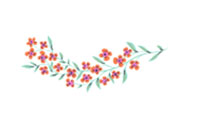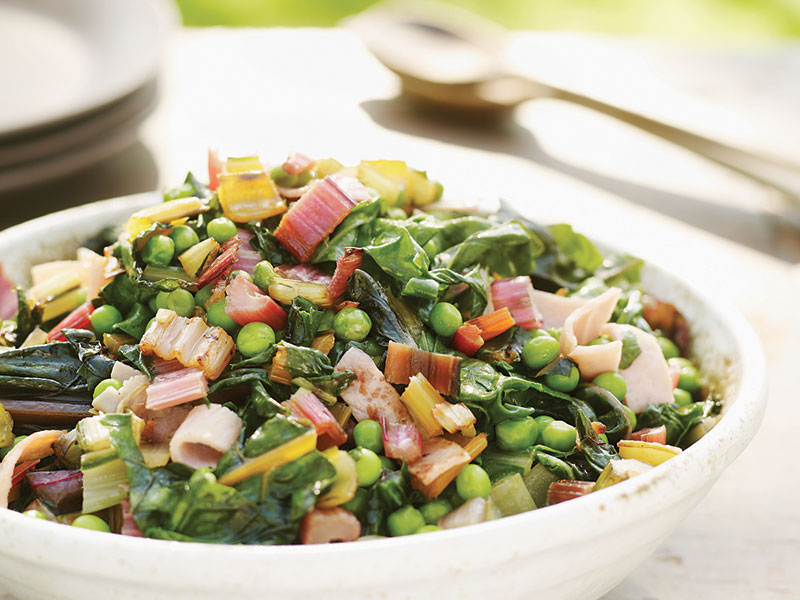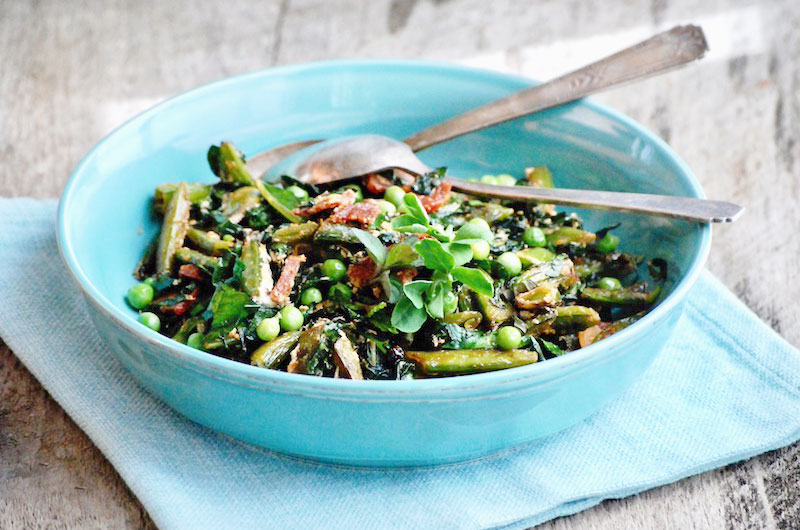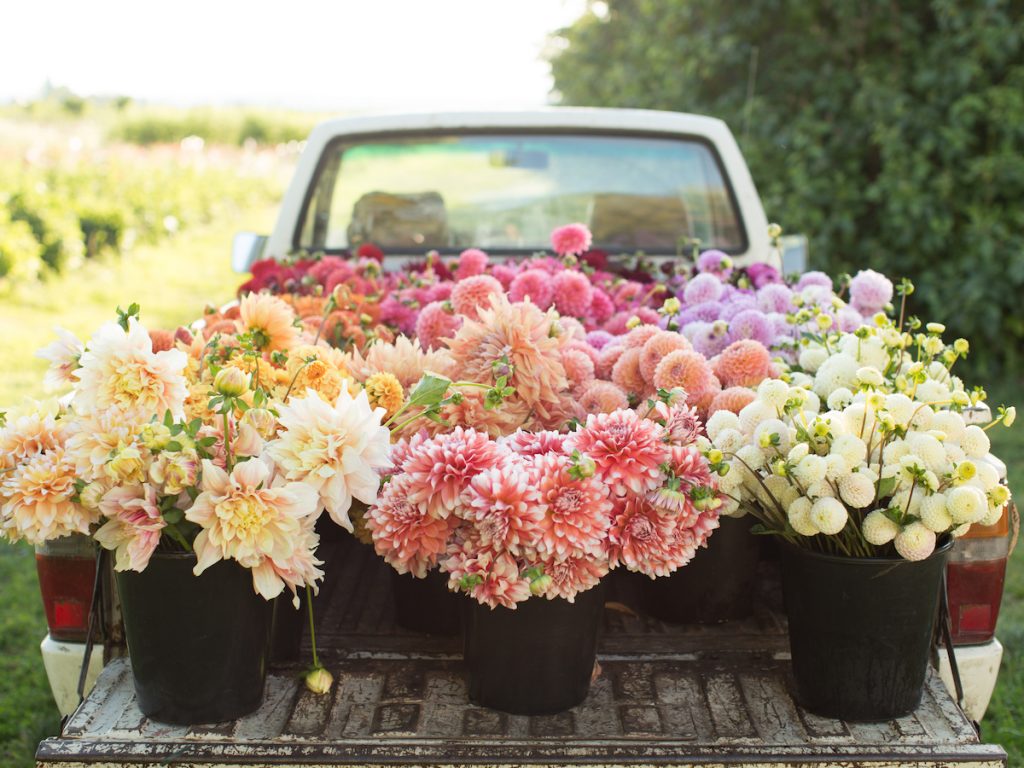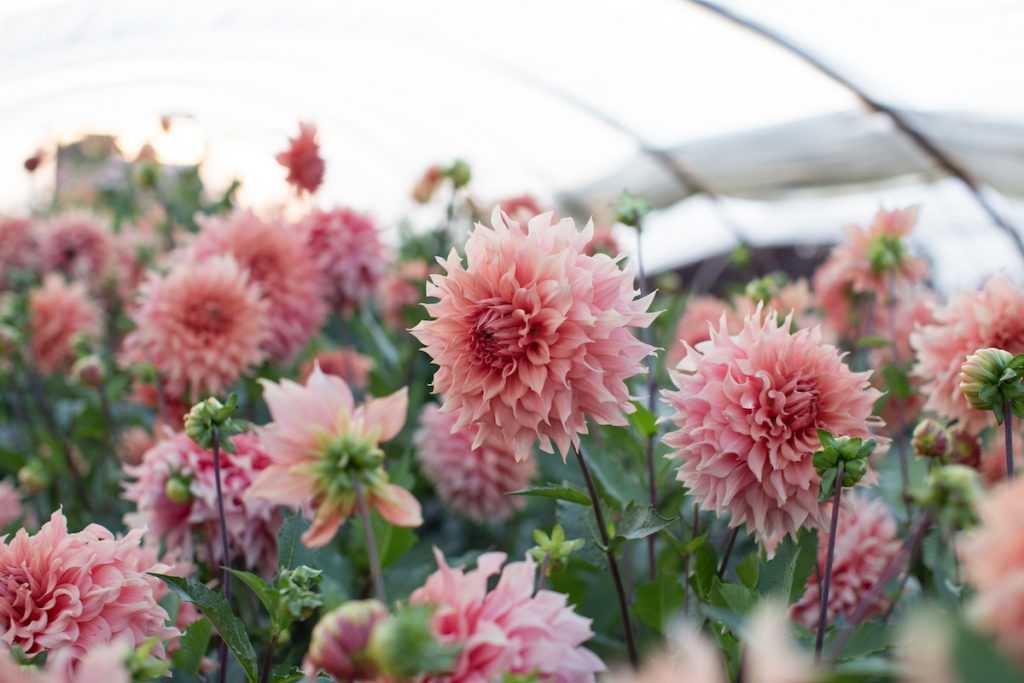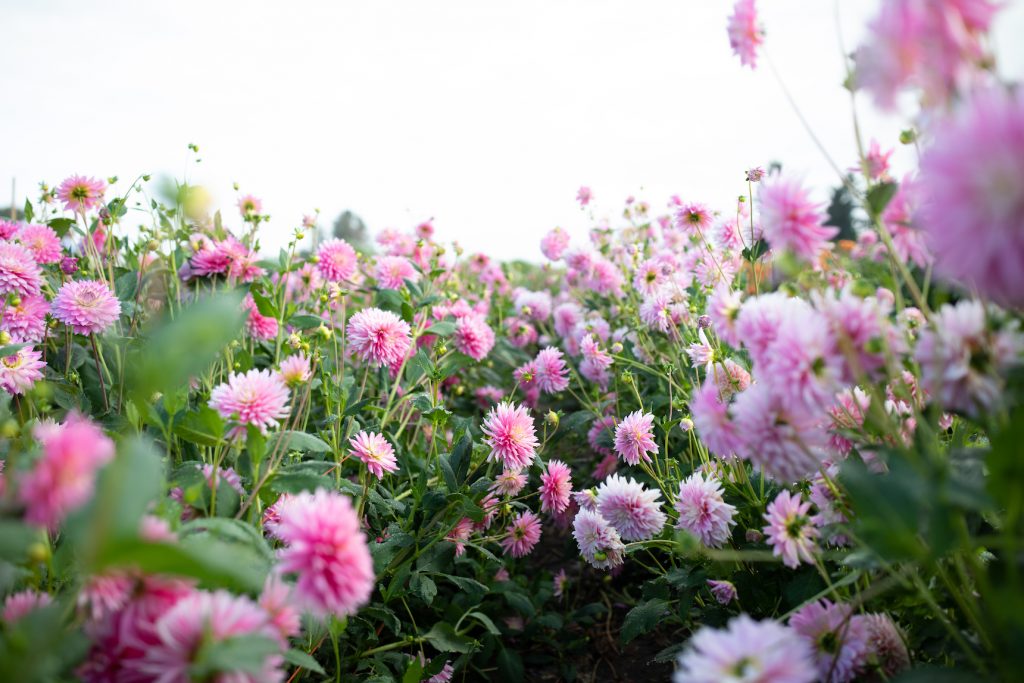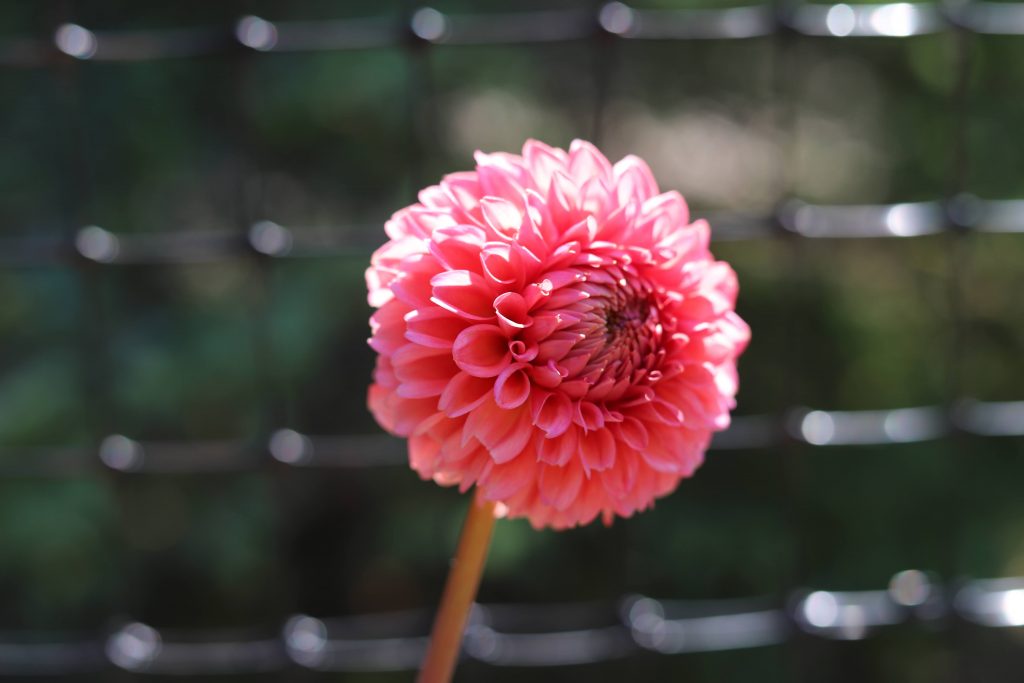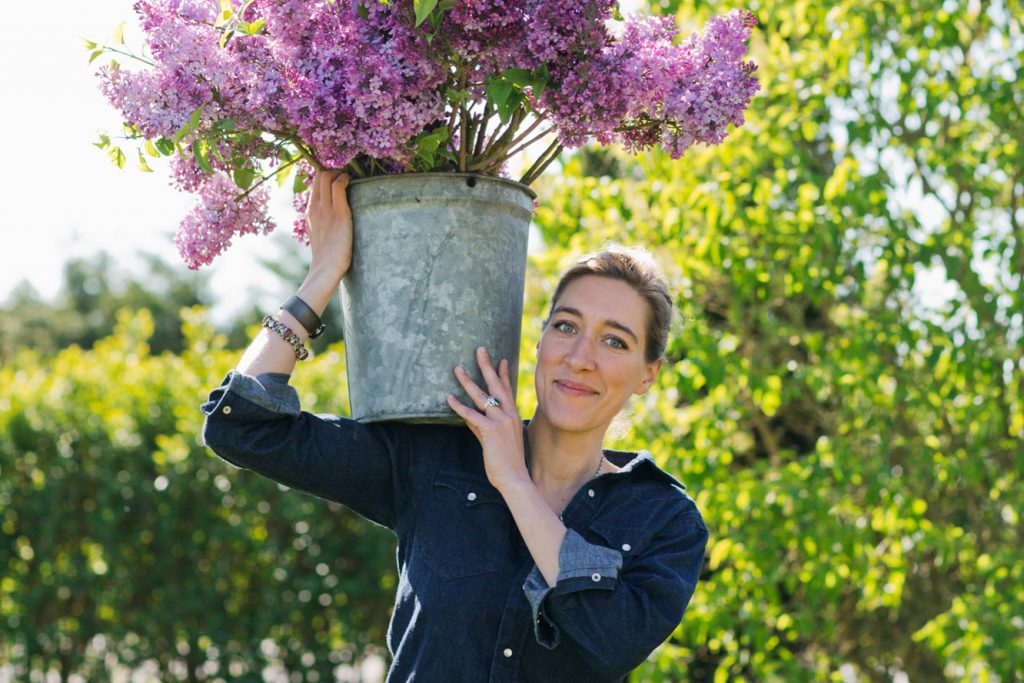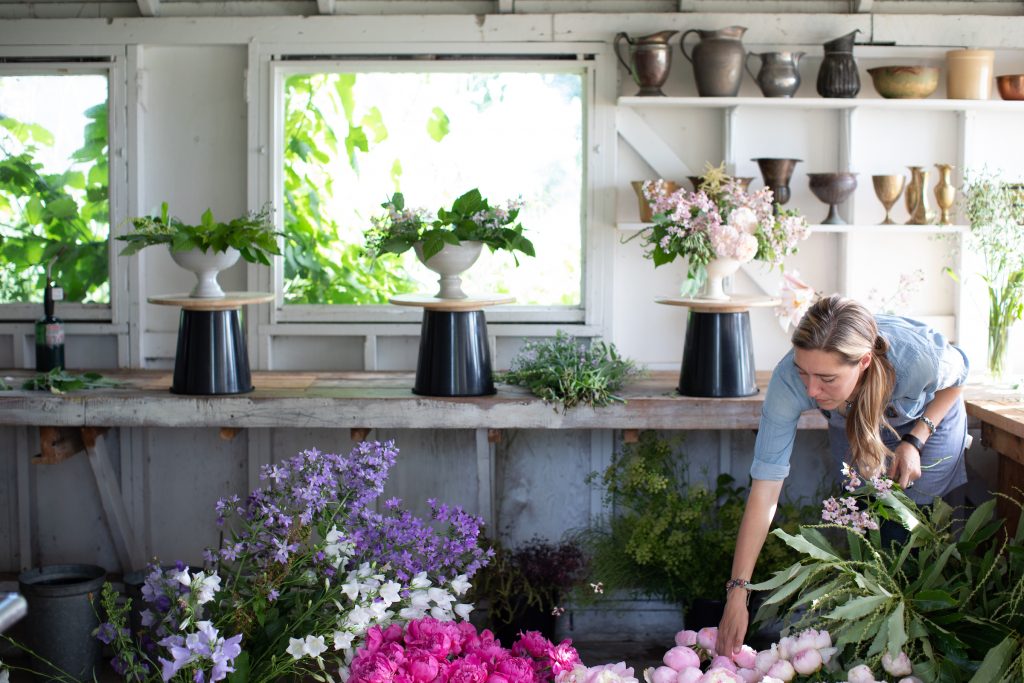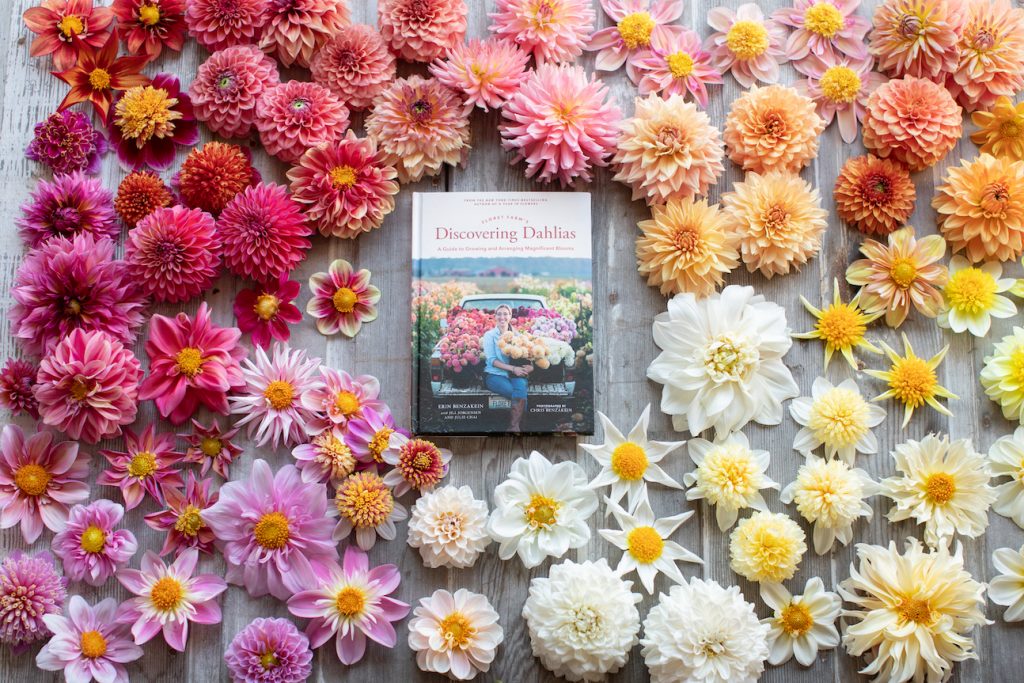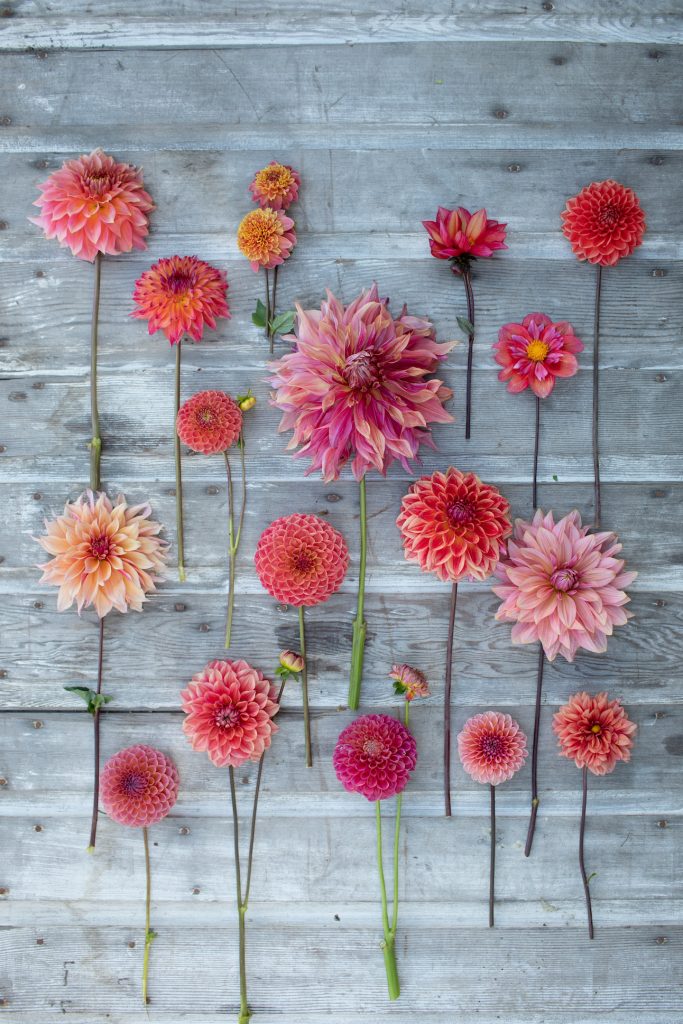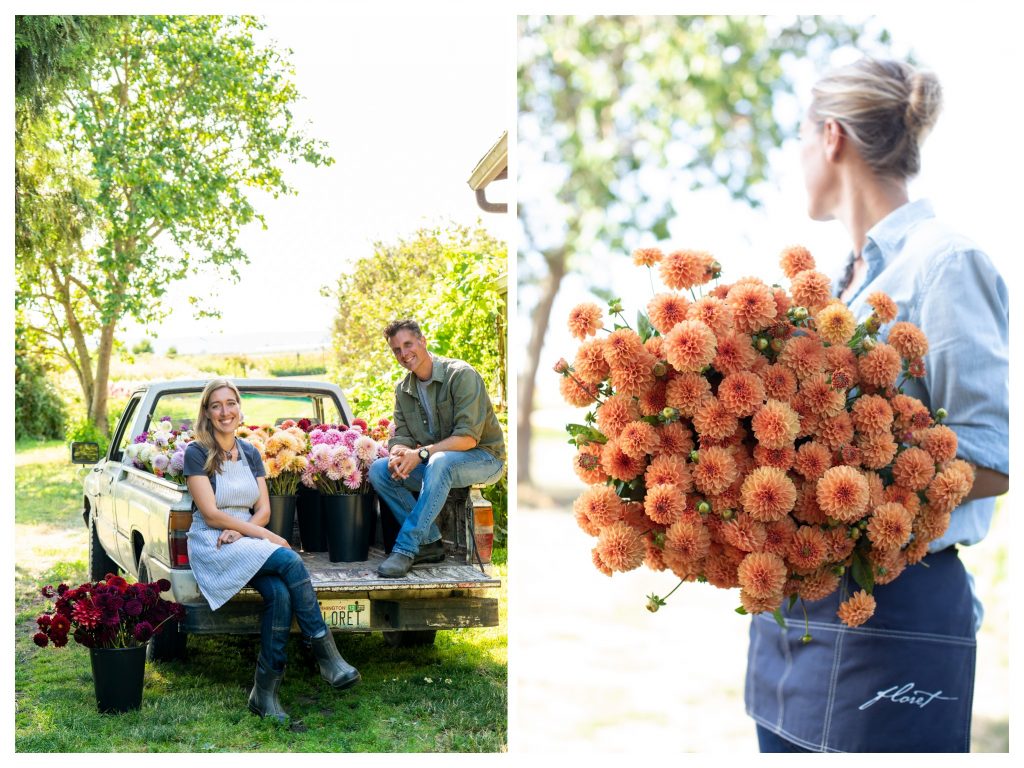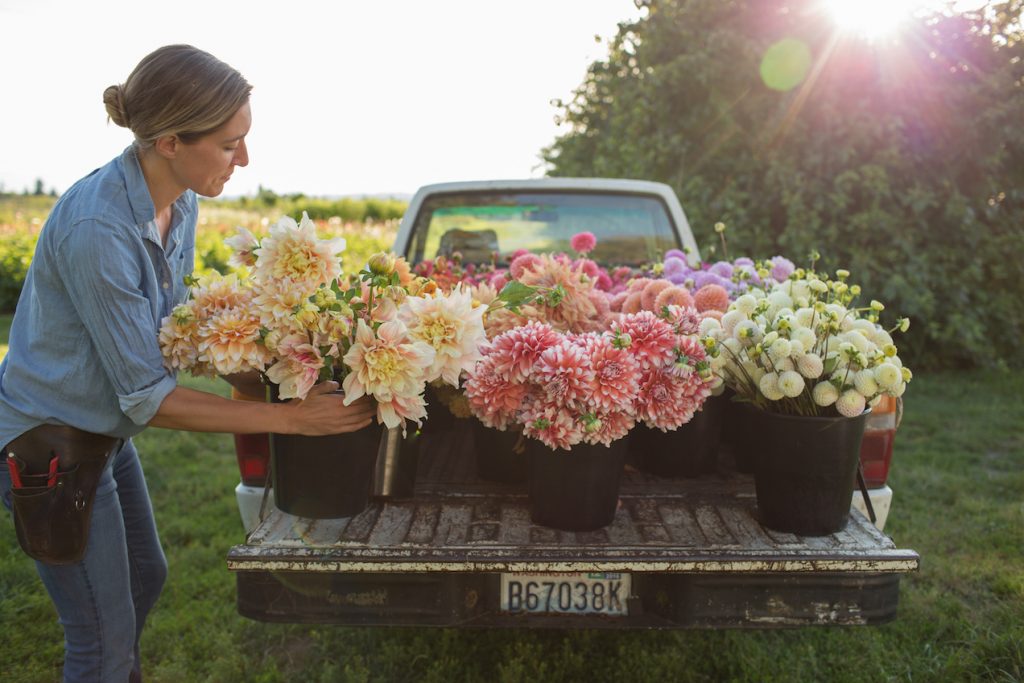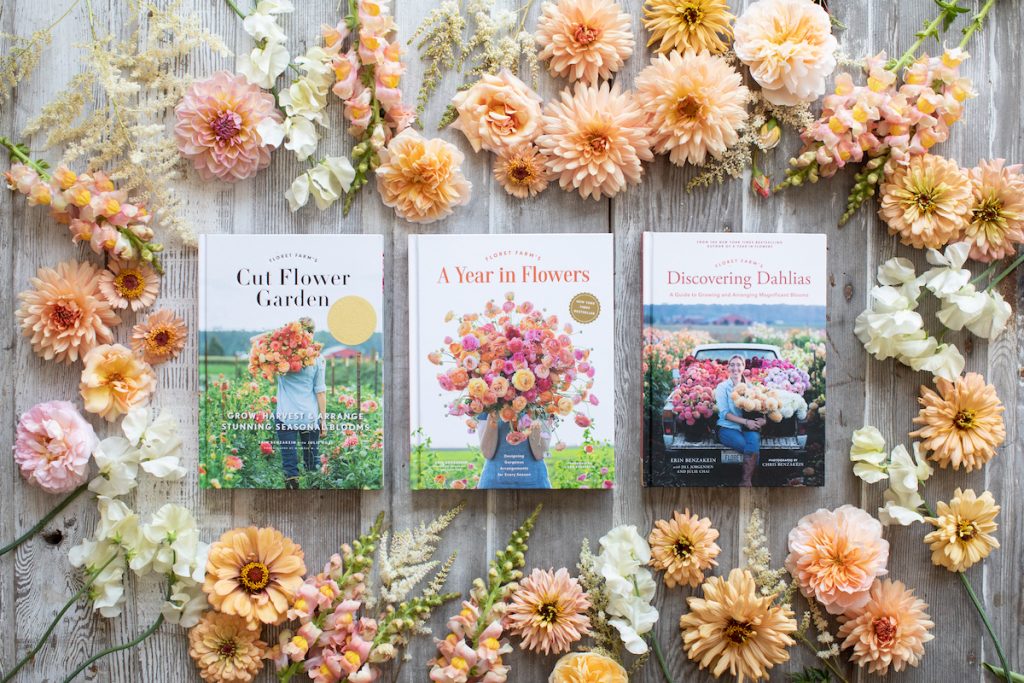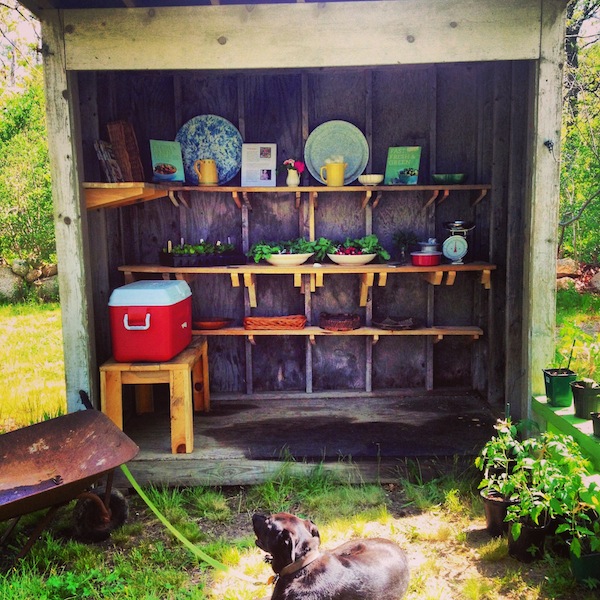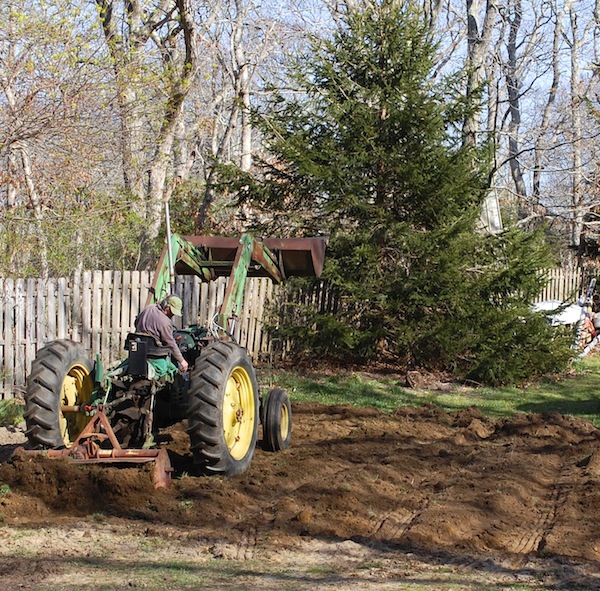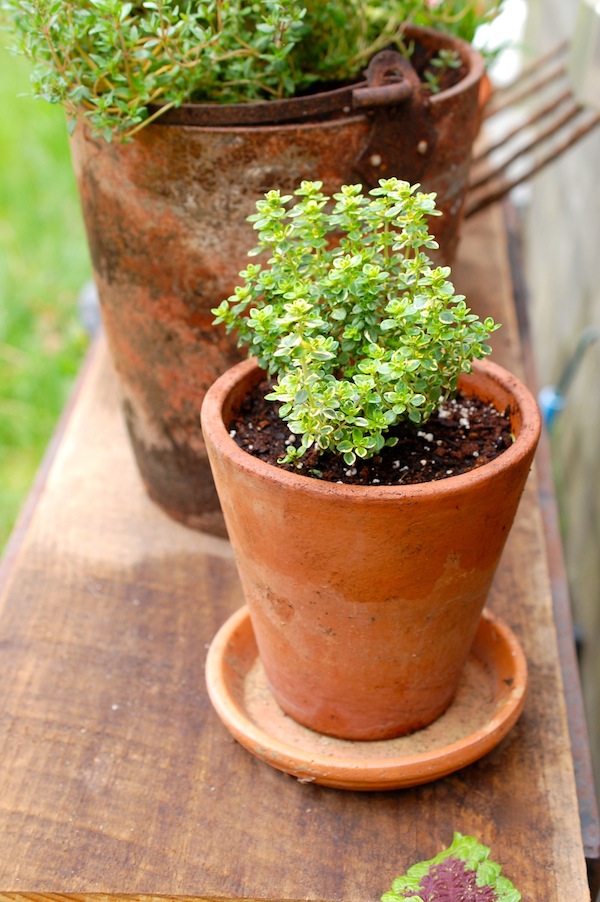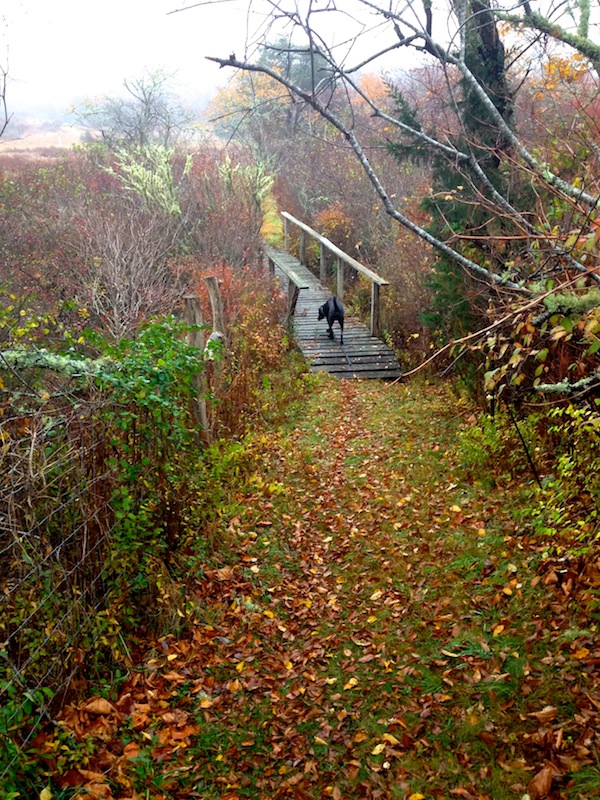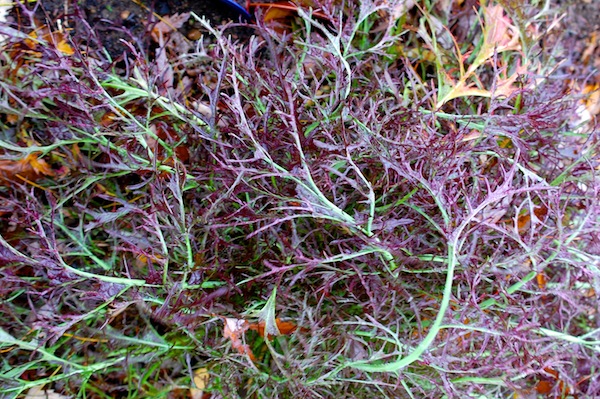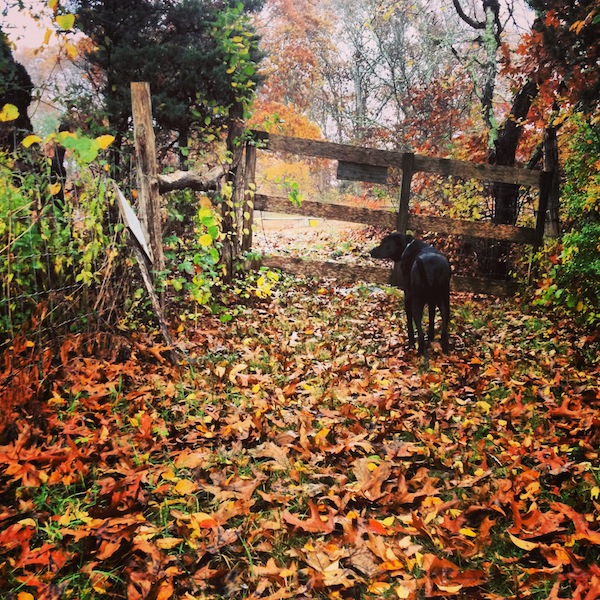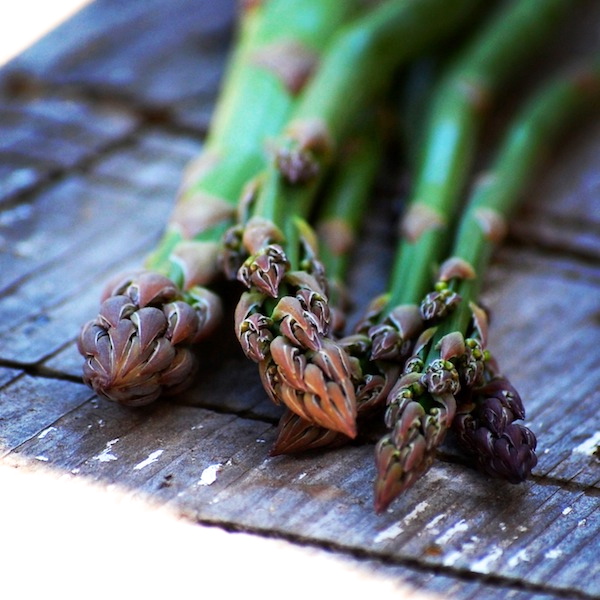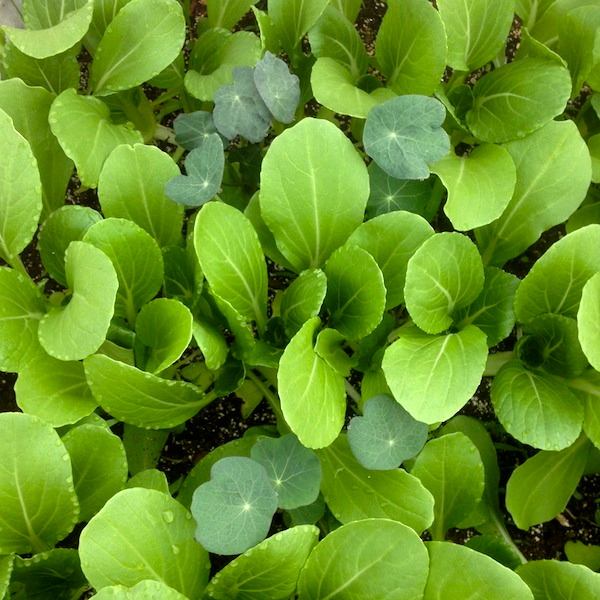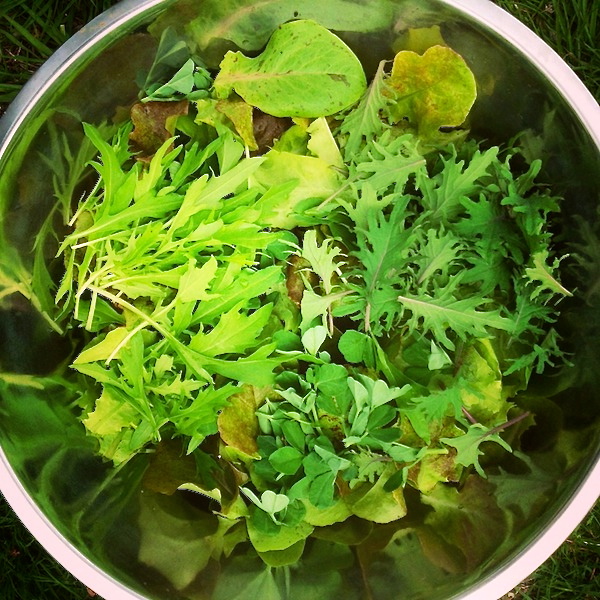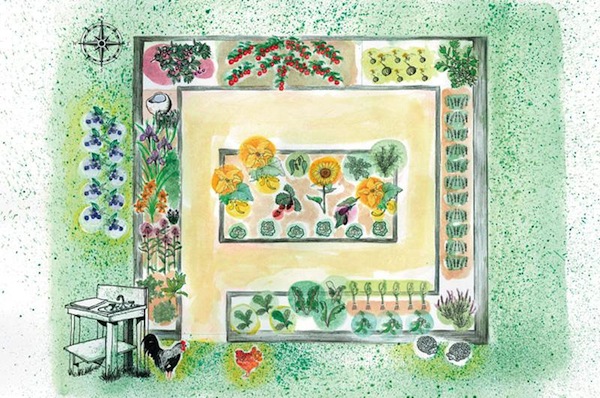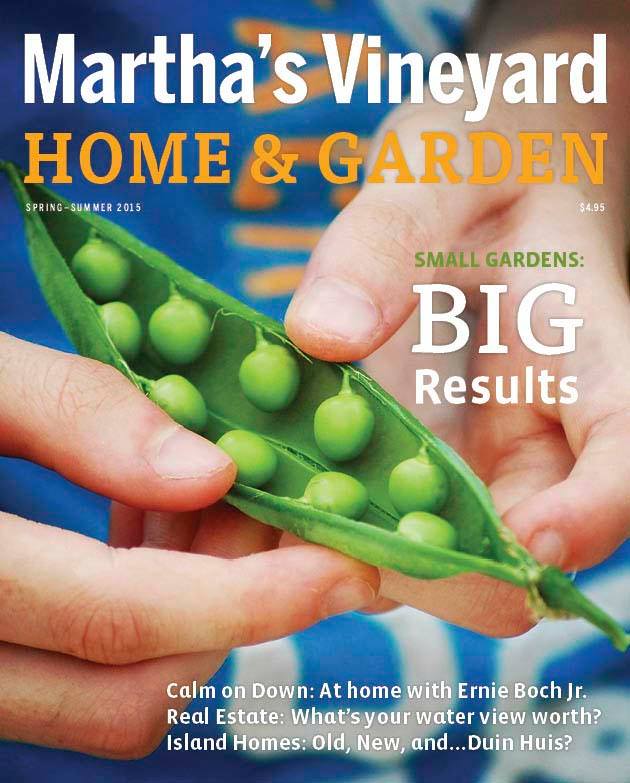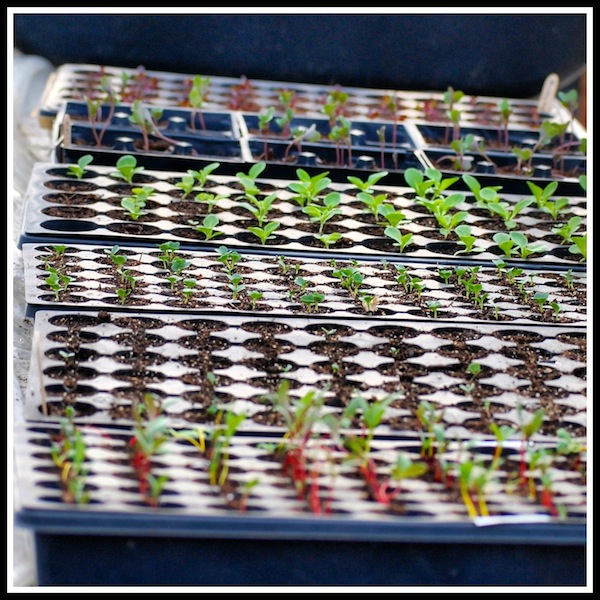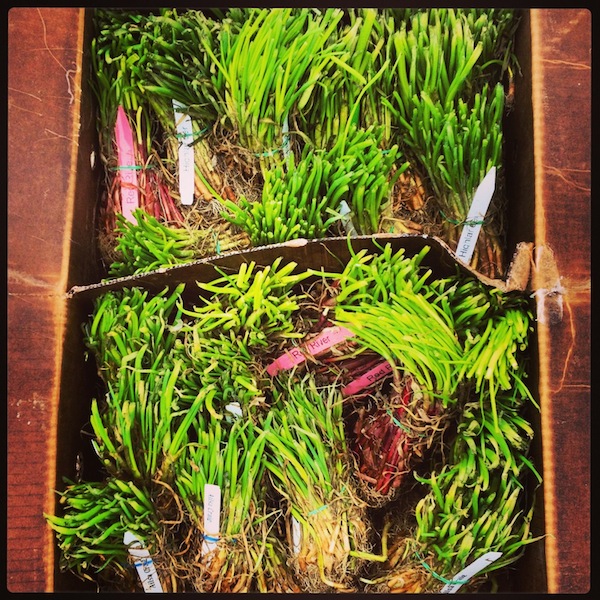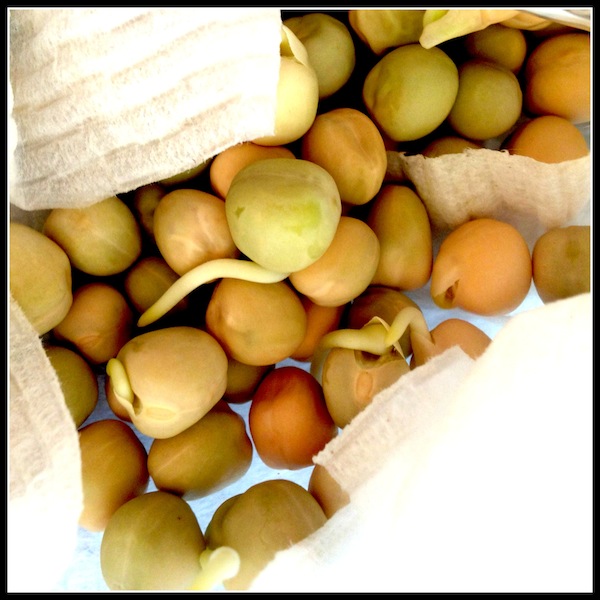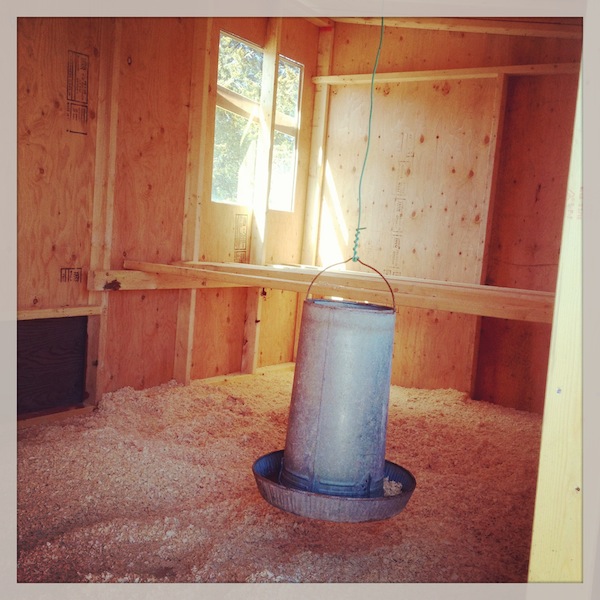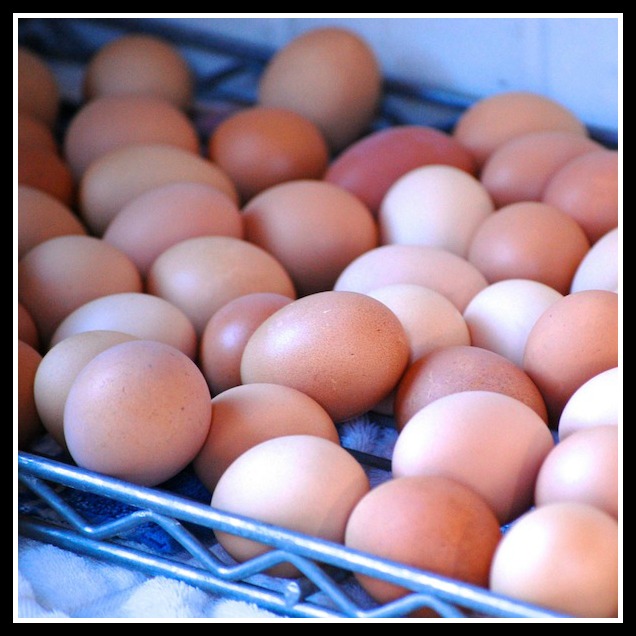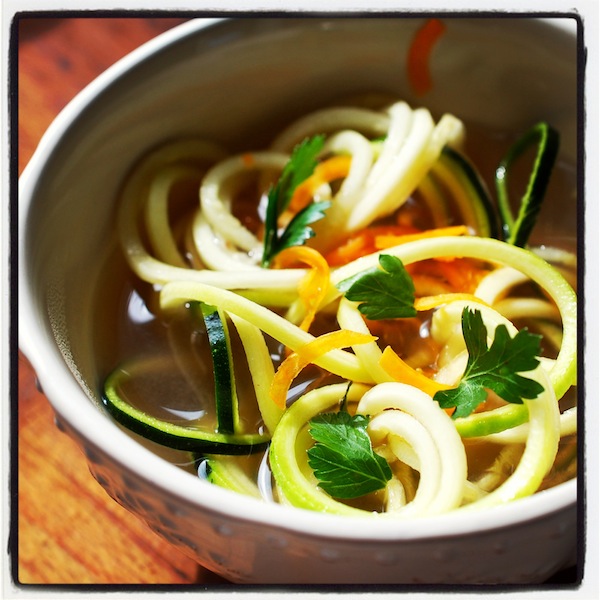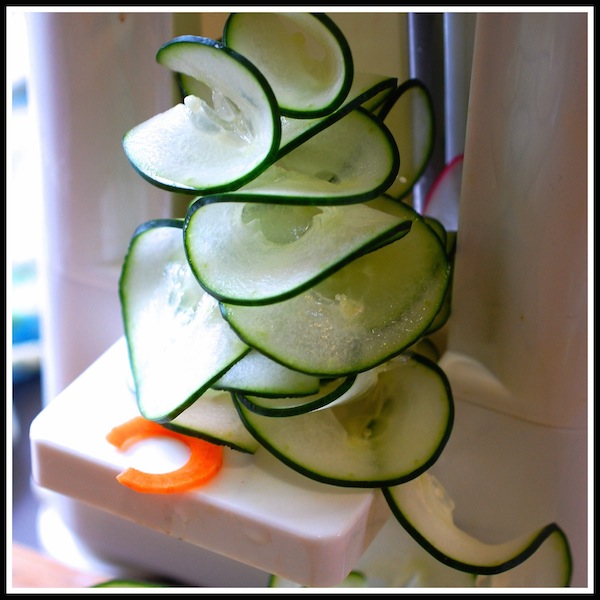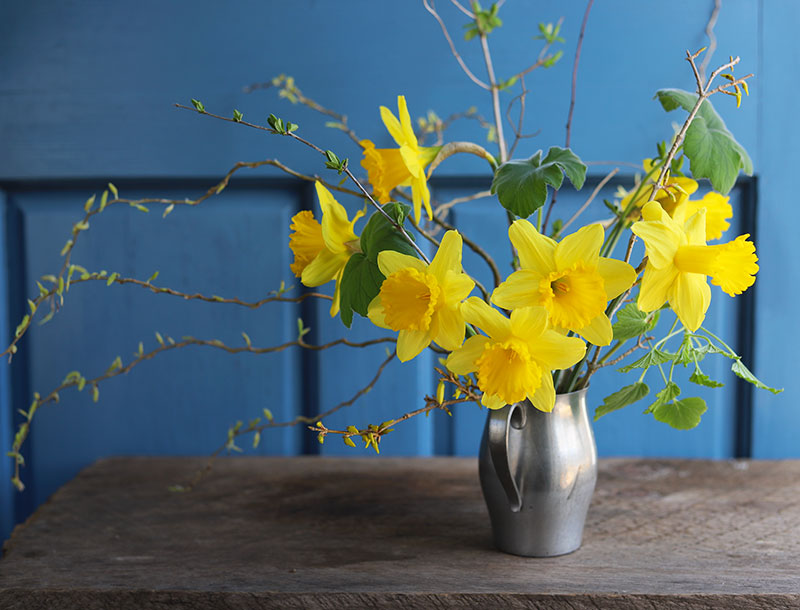
THE DAFFODILS have finally bloomed. (We might as well be living in Nova Scotia for all the spring we have.)
The peas have been planted. Hurrah.
Thirty-six tomato starts are on the heating mat. Wait, no, correction. The tomato seeds have germinated and are now under the lights of our new gizmo. (I like to call it a gizmo, but this is what it really is: An LED SunLite 2-Tier Grow Light System. A very home-gardener-ish piece of equipment, I’m happy to say. None of this interminable hacking a small farmer has to do!)
Peppers, eggplants, and the first flower starts have taken the place of the tomatoes on the heating mat.
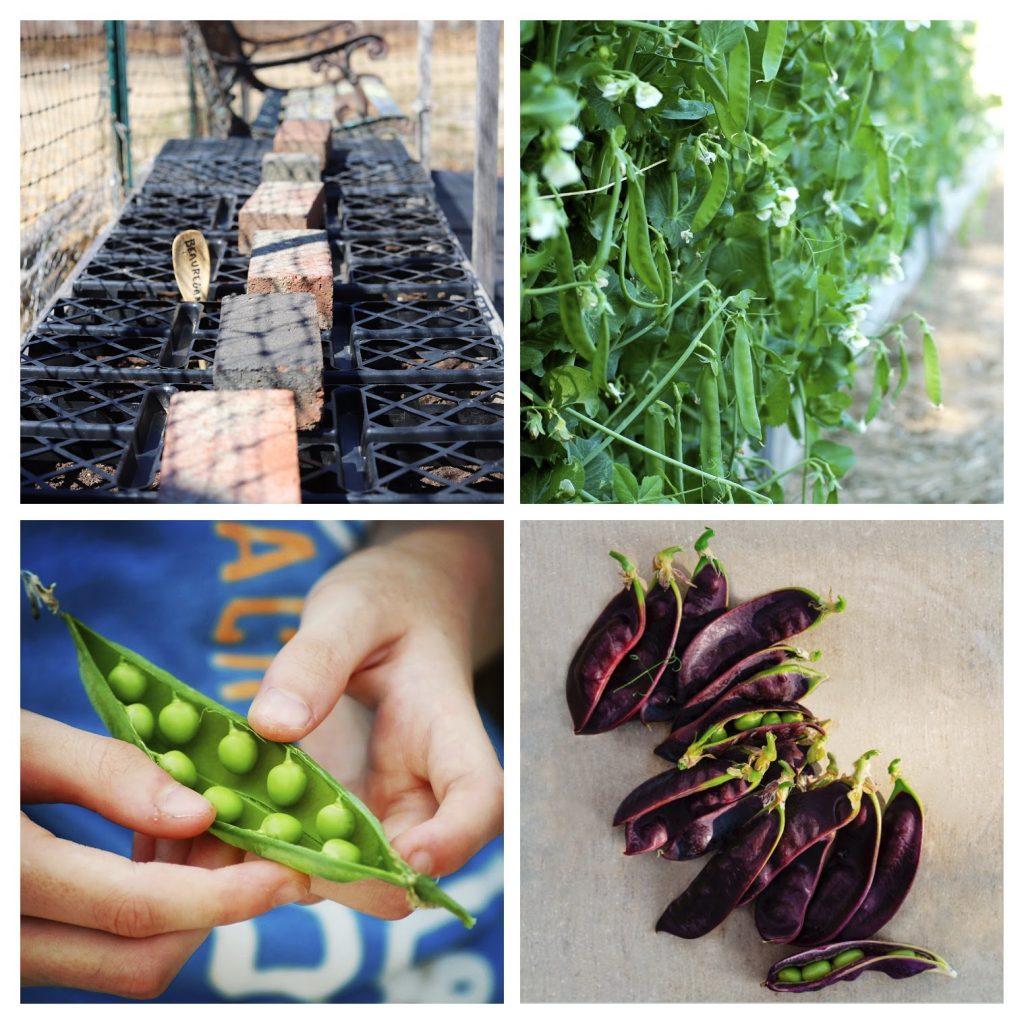
What varieties am I growing? First the peas. Green Arrow English shell peas, Super Sugar Snap peas, and the new purple Beauregarde snow pea from Row 7 seeds.
I always pre-sprout my peas by putting them between damp paper towels in a partially closed zip-top bag.
Then I make sure they’re coated with inoculant and plant them about an inch deep, pretty darn close together (no more than a couple inches apart so I can cram in a lot in one row!). I always think I’m going to thin them and I never do. And yet they yield prolifically. I think maybe because the roots grow down and not sideways.
I always plant them along a makeshift trellis or along one fence in the garden.
Most importantly, I protect the newly planted pea seeds from birds by covering them with fabric row cover or with upside-down plastic nursery trays (the kind with plenty of holes), weighted down with bricks to keep them from blowing away. I keep the cover on until the seedlings have a few sets of leaves.
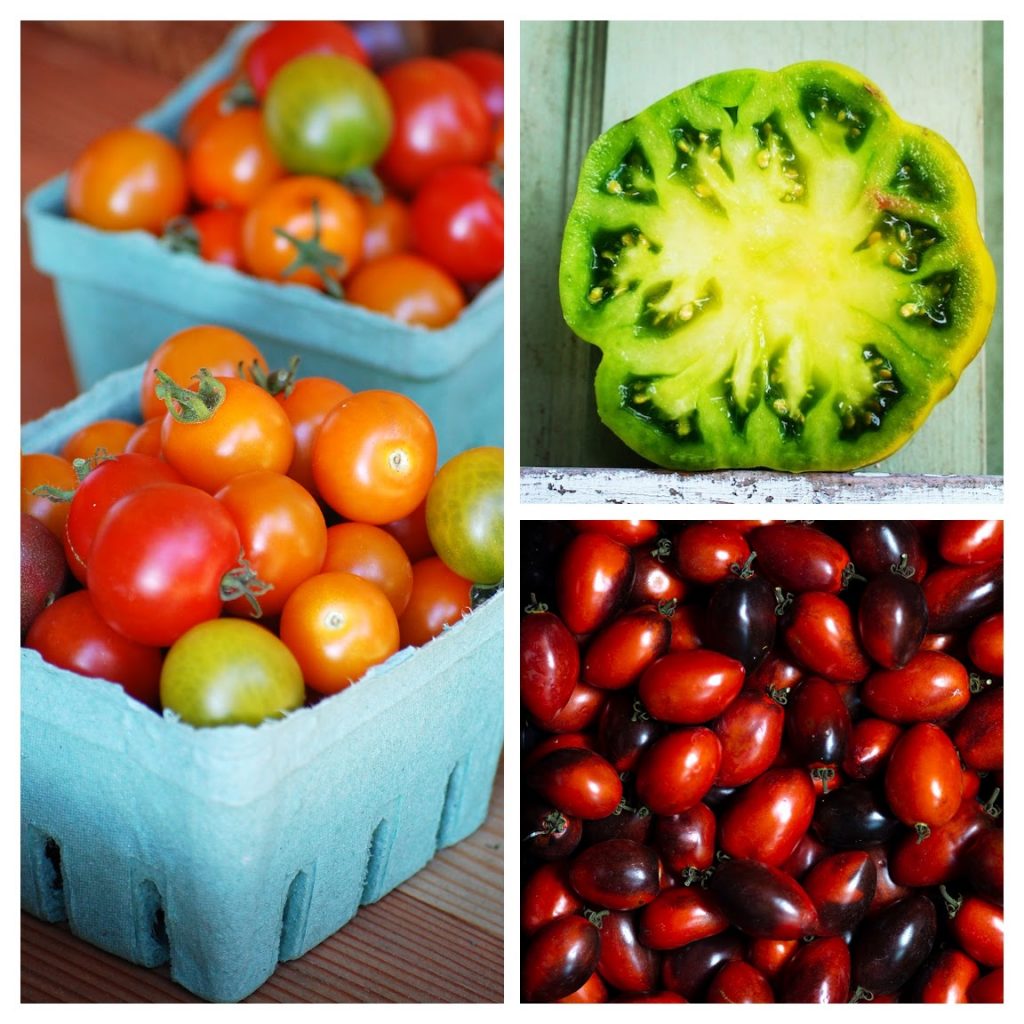
In the tomato department: In addition to my usual assortment of cherry tomatoes (this year Sun Gold, Sweet 100, and Cherry Bomb) and my favorite sandwich and beefsteak tomatoes, Jet Star and German Green, I’m most excited about a paste tomato (also from Row 7 seeds) called Midnight Roma.
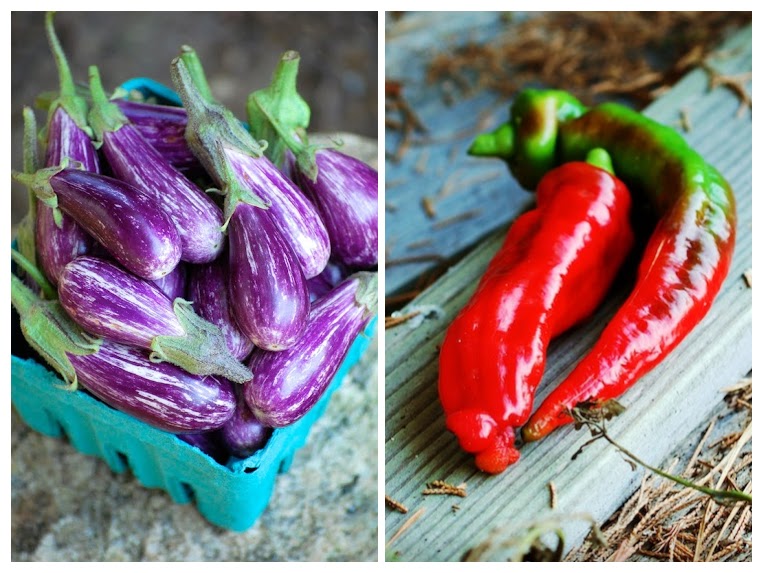
Peppers and eggplants? Since I have such limited space in the fenced garden, I’m going to lean on some mini-vegetables that I hope will yield abundantly. I know my favorite Fairy Tale eggplants will comply, but I’m hoping some Lunchbox Peppers from Johnny’s will do the same. I’m also growing the delicious heirloom Jimmy Nardello pepper for the first time in five years.
But of course, as much as I love my vegetables, it’s no secret that my obsession with flowers has become all-consuming. Honestly, the number one way I deal with my anxiety these days is by reading flower books at night, imagining colorful bouquets in my head, inventing names of flowers —alphabetically — to try to fall asleep, and so on. (Though none of this has been particularly helpful this week as I try to balance too much work with preparing to travel down to see my sister and father next weekend – without having been able to procure a vaccine. At least I am getting the oil changed in my car! But enough whining.)
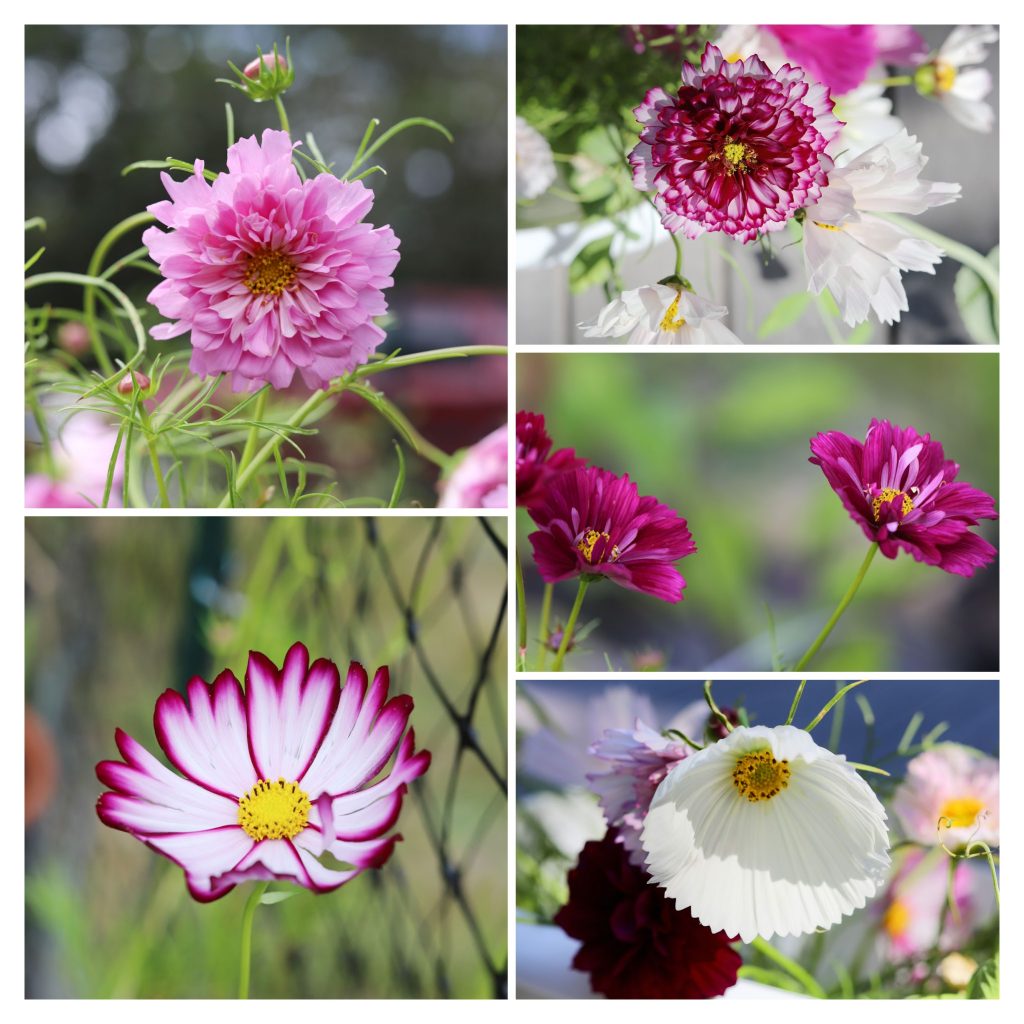
Clockwise from top: Cosmos ‘Double Click Rose Bonbon,’ Cosmos ‘Double Click Bicolor Violet,’ Cosmos ‘Double Click Cranberries,’ Cosmos ‘Cupcake White,’ Cosmos ‘Picotee’
And while I’m excited about my new dahlia passion, I am deeply indebted to my first loves – cosmos and zinnias – for cheering me through many years. In their honor (and because I’m just fascinated by the number of different varieties now available of both), I am seeding more than a dozen varieties of each, the most I’ve ever started.
This week, I thought I’d gather photos (mostly that I’ve taken over the years and some of new varieties from websites) of all the cosmos varieties I’m hoping to grow this year. I’ve only been able to seed a few of each variety, and God knows where they are all going to be planted (some in friends’ gardens, I’m sure!), but it will be fun to think about the spectrum of beauty and color anyway.
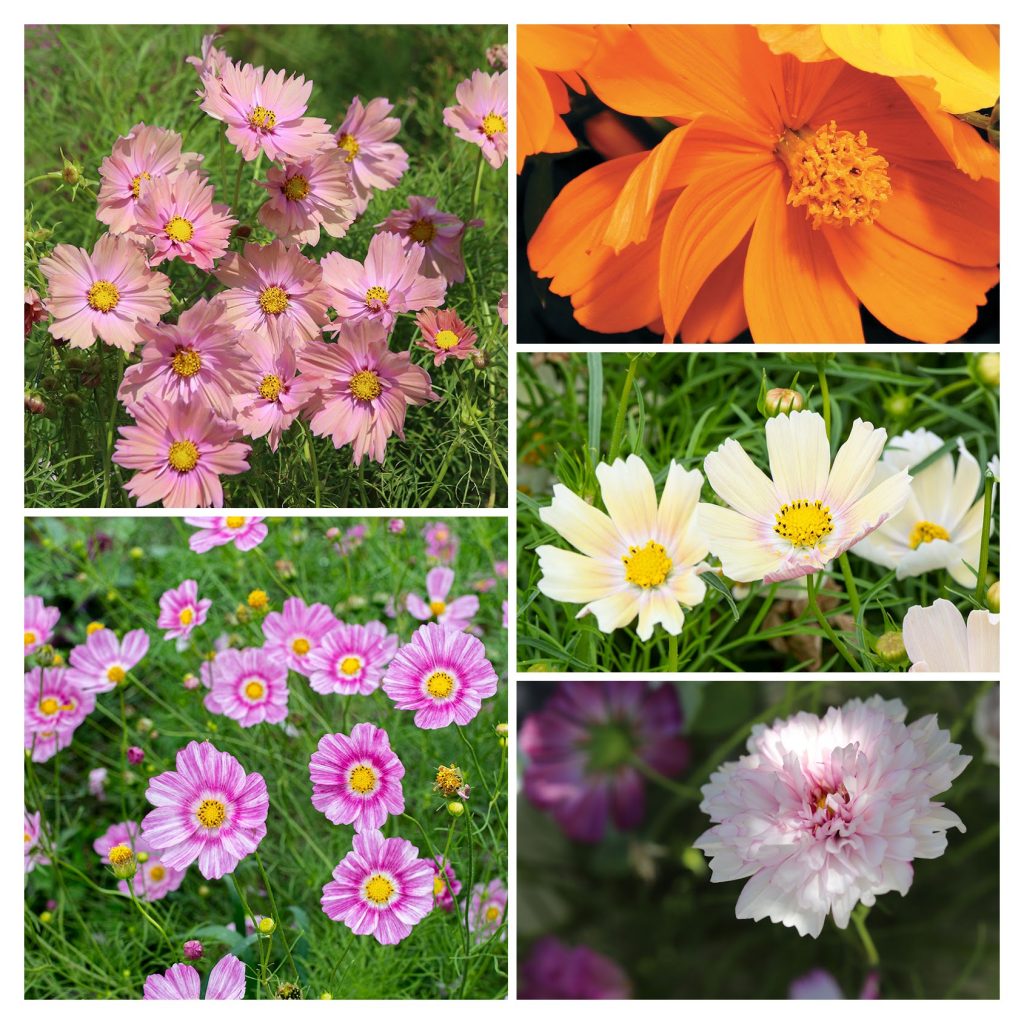
Clockwise from top: Cosmos ‘Apricotta,’ Cosmos ‘Sunset Orange,’ Cosmos ‘Apricot Lemonade,’ Cosmos ‘Double Click Bicolor Pink,’ Cosmos ‘Happy Ring’
If you’ve never grown cosmos, know that they are very user-friendly. The more you cut these annuals, the more they bloom. They get big and blousy and are quintessentially cottage-y. They don’t start blooming until mid-summer if you direct sow them in late May, but by starting them inside now, I’ll get blooms in June. And I learned from Erin at Floret that I should be cutting them when they are just about to open for the longest vase life.
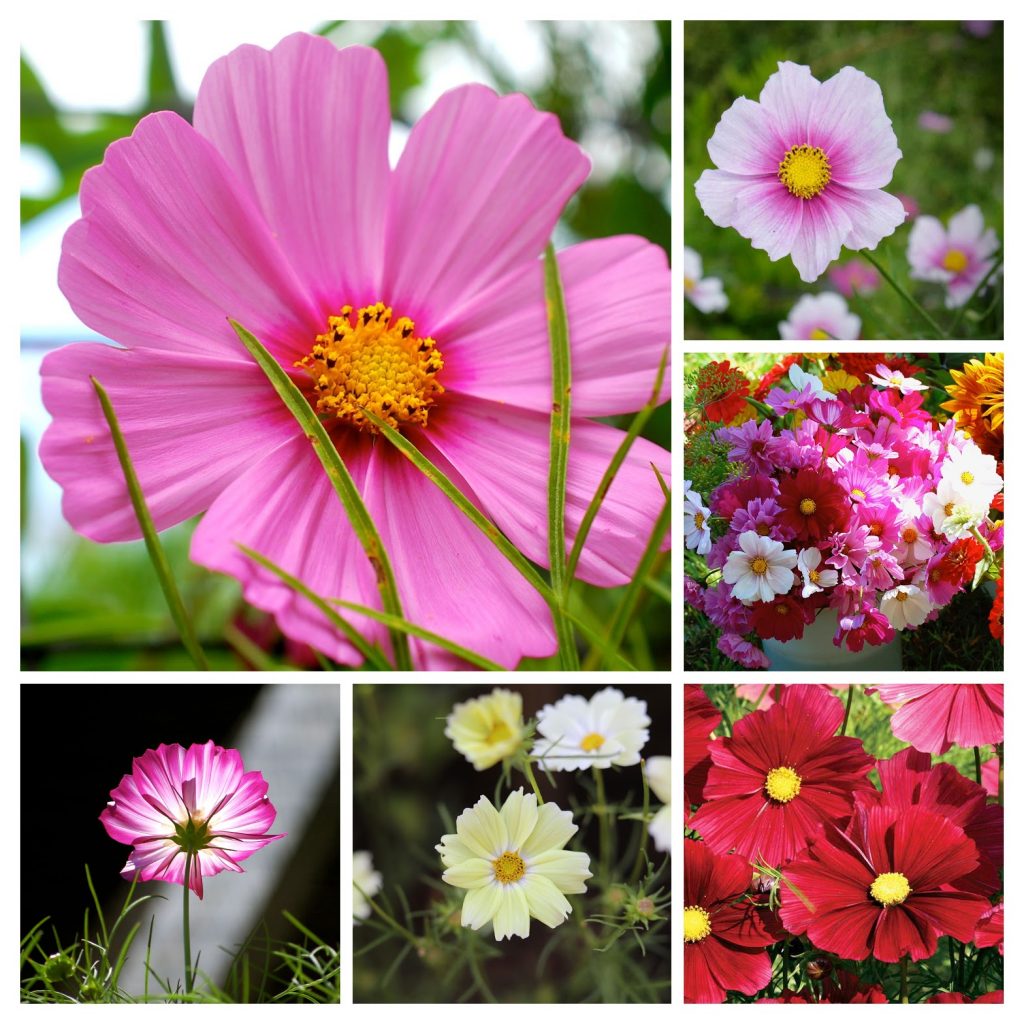
Clockwise from top: Cosmos ‘Radiance,’ Cosmos ‘Daydream,’ Cosmos ‘Sensation Mix,’ Cosmos ‘Rubenza,’ Cosmos ‘Xanthos,’ Cosmos ‘Velouette’
Another thing I’ve learned about cosmos over the years is that I can cut down deeply into the plant to get stems long enough for arranging. It doesn’t matter that I’ll be cutting some unopened buds along with those stems, because the plant will just respond with more blooms. Some cosmos varieties grow very tall (up to six feet) and wide so give them a little space and consider corralling them with twine and stakes as the summer goes on, especially if you live in windy-world like we do. I invariably lose at least a few of my plants when the first hurricane threatens.
There they are. May the sight of them bring you joy. And if you live on the Island, give me a shout in about 8 weeks. I’ll have extra cosmos seedlings!
P.S. Good sources for Cosmos seeds include Select Seeds, Johnny’s Seeds, and Swallowtail Garden Seeds.
PEAS, PLEASE: In case you can’t wait until June to cook with peas, here are a couple of my favorite pea recipes, over on cookthevineyard.com.

